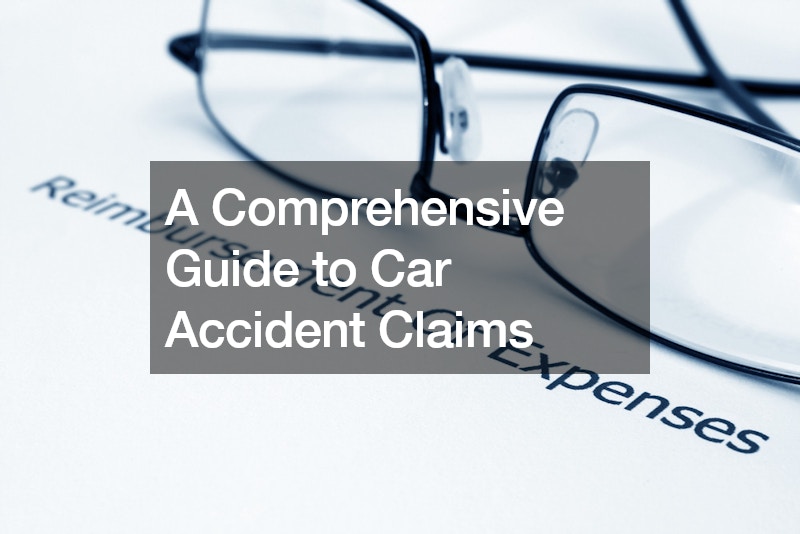
Car accidents are unsettling experiences, often leaving individuals grappling with physical injuries, emotional distress, and financial burdens. Dealing with the aftermath of a car accident can be overwhelming, especially when it comes to filing insurance claims and seeking compensation for damages. To provide clarity about this process, we’ve compiled a comprehensive guide to car accident claims, covering essential steps and considerations.
Reporting the Claim:
The first crucial step in the car accident claims process is reporting the incident to the respective insurance companies. Whether you’re the victim or the at-fault party, timely reporting is essential.
Typically, claims are reported over the phone or online, where a claims representative gathers details about the accident, including how it occurred and any available evidence, such as photos or videos.
Investigation Stage:
Once the claim is reported, insurance companies initiate an investigation to determine fault. This stage involves collecting documents, statements from witnesses, and other relevant information to assess liability accurately. It’s crucial to provide clear and concise details during this process to facilitate a smooth investigation.
Property Damage Assessment:
After fault determination, the next phase involves assessing property damage. Depending on coverage and fault, property damage claims may be handled by either party’s insurance company. If your vehicle is deemed repairable, you’ll need to find a reputable shop for auto body repairs. Alternatively, if the vehicle is declared a total loss, you’ll have the option to accept a total loss payment or retain possession with a branded title.
Medical Treatment and Personal Injury Protection:
Concurrently with property damage assessment, individuals may require medical treatment for injuries sustained in the accident. Personal Injury Protection (PIP) or Medical Payment Benefits (Med Pay) cover medical expenses regardless of fault, providing crucial financial support during recovery. It’s essential to seek medical attention promptly and document all injuries to support your claim.
Insurance Coverage Considerations:
Understanding your insurance coverage is paramount in navigating car accident claims. Liability coverage compensates for damages caused to others, while Collision coverage protects your vehicle irrespective of fault. Additionally, Uninsured and Underinsured Motorist coverage safeguards against inadequate coverage from other parties involved in the accident.
Negotiation and Settlement:
Once all aspects of the claim are assessed, negotiations with insurance companies commence. Settlement offers may be made based on liability, damages, and policy coverage limits. It’s essential to review offers carefully and consult with legal counsel if necessary to ensure fair compensation for injuries and damages.
Legal Recourse:
In cases where insurance negotiations fail to yield satisfactory outcomes, individuals have the option to pursue legal recourse through litigation. Filing a lawsuit allows for a formal resolution of disputes, with a court determining liability and awarding damages based on evidence presented.
Conclusion:
While the car accident claims process may seem daunting, understanding the key steps and considerations can alleviate stress and expedite resolution. From reporting the claim to negotiating settlements or pursuing legal action, each stage requires diligence and attention to detail. By following this comprehensive guide and seeking appropriate assistance when needed, individuals can ensure just compensation for their losses. Remember, timely action and thorough documentation are necessary to achieve a favorable outcome in car accident claims.
.





